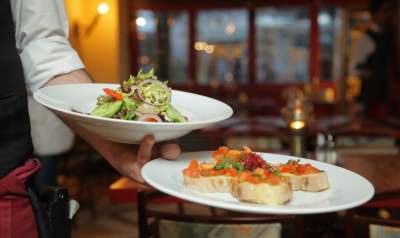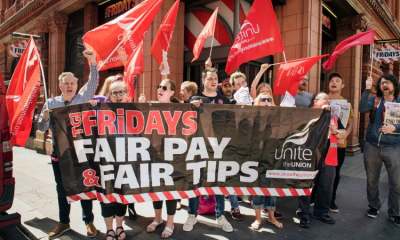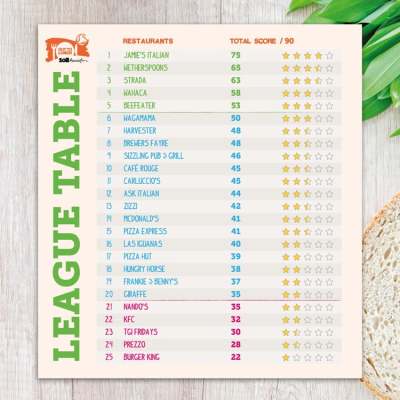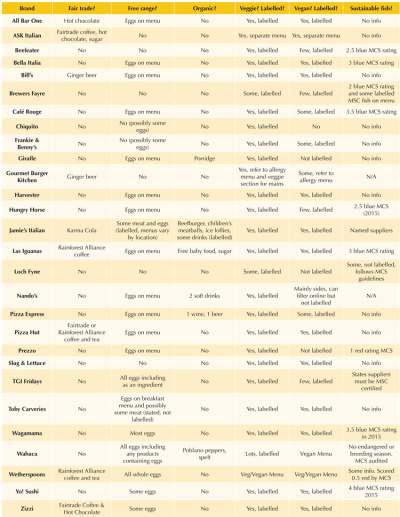You'll notice that the score table in this guide is no longer displaying. This is because the guide is over 5 years old and the scores were out of date. We have a programme of reviewing guides to schedule updates and this one is under consideration.
Guide to eating out ethically
While the landscape of most UK city centres might suggest otherwise, the chain restaurant industry has been taking a bit of a hit recently with profits reportedly plummeting by 64% in one year, and restaurant closures reaching the thousands.
This guide rates 25 chain restaurant brands and shows that it is not just in terms of profits that restaurants are giving a poor performance.
We offer food for thought in terms of sustainable, ethical and transparent sourcing, children’s menus and finding independent alternatives. We also take a look at the Sustainable Restaurant Association and uncover where your money really goes when you are eating out.







